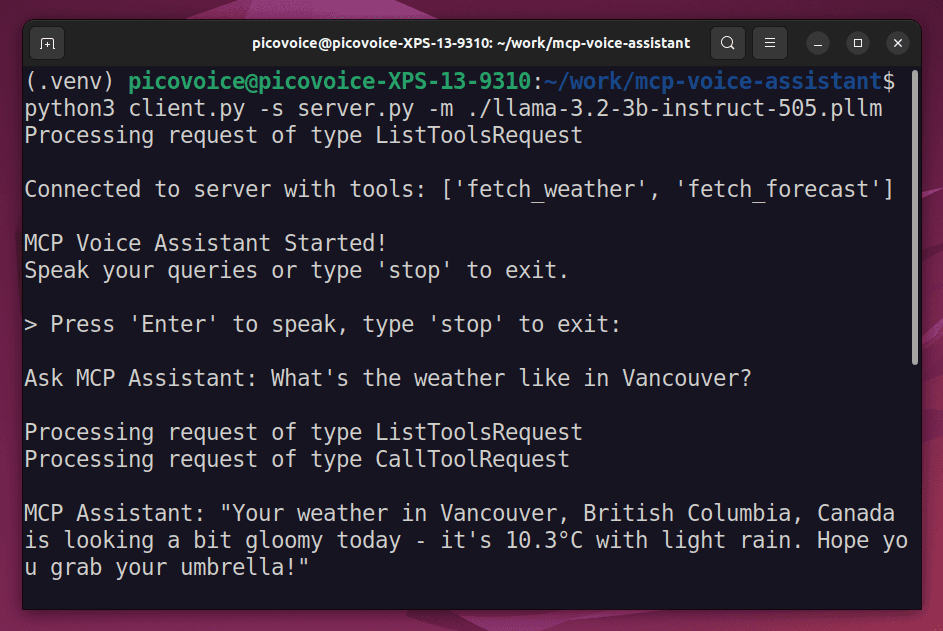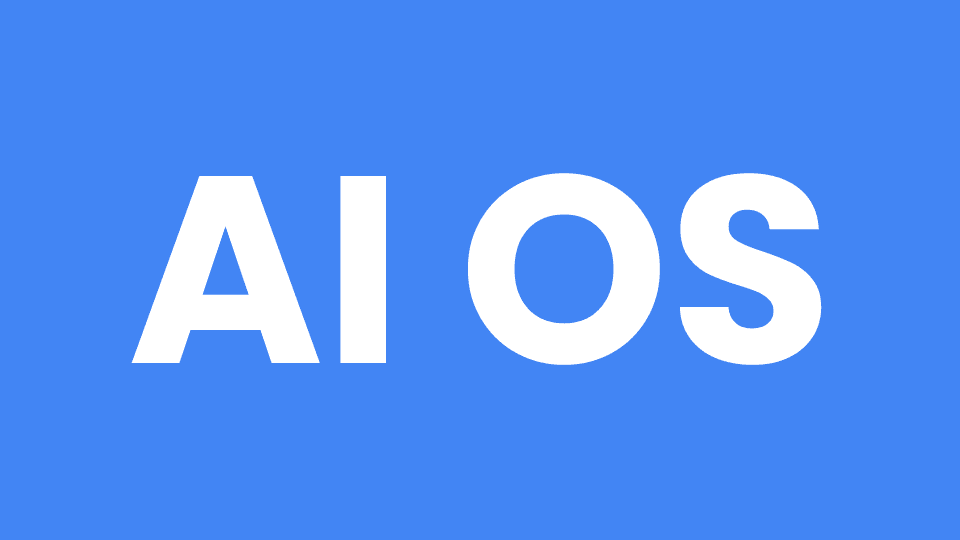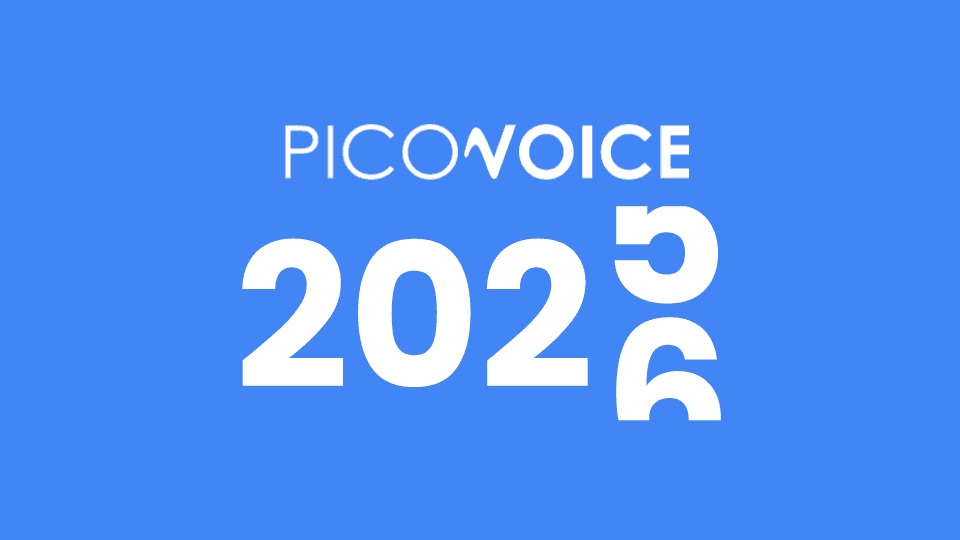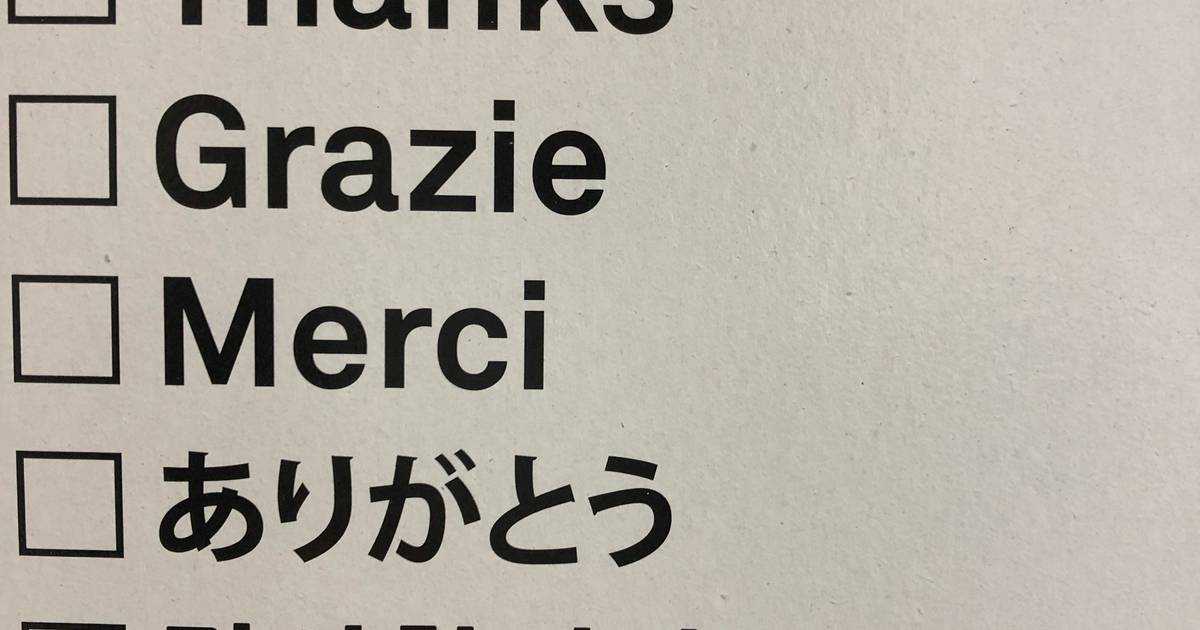Language Detection, Language Identification, or Language Guessing, a subset of NLP (Natural Language Processing), deals with determining the language of a given content.
What’s a Language Detector?
As the name suggests, a Language Detector is a tool that identifies the language of written or spoken content. Traditional Language Detectors rely on text categorization. However, researchers have been working on text-independent Language Detectors, also known as Spoken Language Identification.
Language Detectors offers several benefits:
- Fast Filtering: A
Language Detectorcan narrow multilingual massive audio and text files down and help users find the content in the language of their interest. - Segmentation: A
Language Detectorcan categorize and segment the content based on the language, enabling better business decisions and customer experience. - Archiving: Enterprises, especially media and broadcasters, do not fully utilize their massive audio and text archives. A
Language Detectorremoves the need for human interpretation and labeling.
Language Detection Use Case Examples
- Customer Service:
Language Detectorsempower applications to connect customers with agents speaking the same language, or IVRs start responding in that language. - Moderation and Governance: People may change the language to avoid monitoring or to conceal illicit activity.
Language Detectorscan identify changes and simplify investigations. - Monetizing Content: Combining a
Language Detectorwith Speech-to-Text allows enterprises to classify their archives and make them searchable, creating additional monetization opportunities. - Translation: A
Language Detectorwith translation software can automatically detect and translate spoken or written content without human involvement. - Security: A
Language Detectoridentifies the language of emails or incoming messages before applying spam filtering algorithms.
Challenges in Language Detection
1. Communication Style:
Conversational communication, especially in writing, is informal. It can use abbreviations, such as HAND, which stands for have a nice day, or slang, such as gorg instead of gorgeous, and be confusing for machines. Adding typos on top of it makes it even harder. Machines can detect the language more confidently on formal and well-structured content.
2. Input Diversity:
Lexical similarity measures the similarity of two languages. For example, French and Italian have 89% lexical similarity. The lexical similarity makes language detection difficult for machines. Besides cognates* some words have different meanings. For example, “angel” means “sting” in Dutch and “fishing rod” in German. Thus, the lack of content diversity makes it challenging for machines to predict the language confidently.
*cognate: words in different languages share the same etymology, similar spelling, pronunciation, and meaning.
3. Code Switching
Multilingual speakers tend to mix different languages in text and speech. Code-switching, code-mixing, or language alternation is a phenomenon that refers to shifting from one language or dialect to another. Many countries are multilingual, and the number of multinational enterprises and multilingual households is increasing. As a result, code-switching has become more common than before. Code-switching happens in different forms, such as mixing two languages, e.g., Spanglish and Franglais, or writing in different scripts, such as Arabizi (Arabic written using the Latin alphabet) and Engari (English written using the Arabic alphabet). Code-switching is another challenge for machine learning researchers to address.
If you’re interested in a language detector app, read our tips on how to build a language detection model or engage with Picovoice Consulting to get it done!
Consult an Expert






